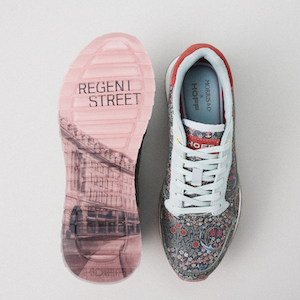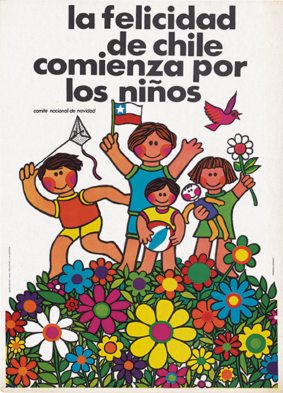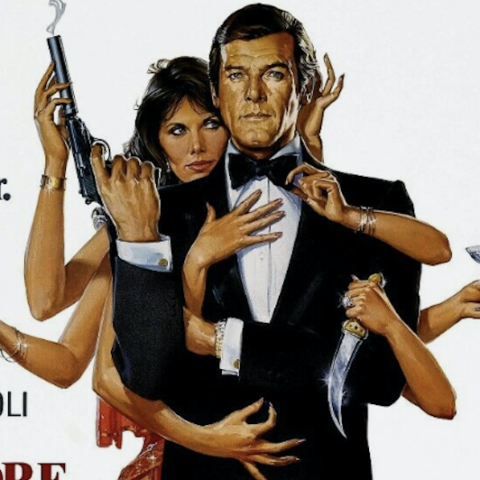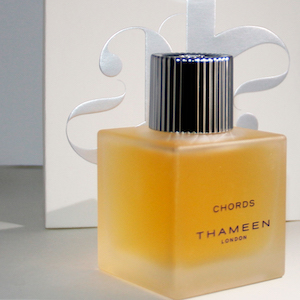Saturate; Entomb
By Jo Phillips
Entombment
The pigeon has often been seen as the rat of the sky and yet in one captivating image, Entombment (2017), the artist Theo Ellison, has transformed the bird into something ethereal and beautiful. Inspired by the significance of colour in the courtship behaviour of birds, he explores the power of seduction and how through colour and lighting, he can coax the viewer into enjoying something they may ordinarily find objectionable. Ellison is drawn to using birds in his work as they are well suited to exploring ideas around our own primal and animalistic drives. Where human biological desires are hidden behind a cloak of complex and interlinked behaviours, birds’ are much clearer.
The colour blue saturates Entombment, which likens the common grey bird to something more exotic, a peacock perhaps. Ellison observes, ‘the feral pigeon, not the most celebrated of birds, is shown in an almost religious context, with its iridescent purple and green plumage brought to the foreground.’ Away from the context of the street, it has been transformed into something culturally worthy of wonder. Ellison is drawn to this old trope of finding the beauty in the mundane, an idea that embodies romanticism and a kind of acceptance.
Rarely present in nature itself, the colour blue has often been associated with royalty and also with the religious icon, the Virgin Mary. Much of this series, including the artwork Naturalistic Fallacy 2 (2017), is full of these art historical references such as Courbet’s nudes and Dali’s lobster symbolism, as well as Baroque painting. Entombment in particularis deliberately reminiscent of Holbein’s The Body of the Dead Christ in the Tomb (1520-22) and in using a pigeon, the archetypal anonymous city dweller as its subject, Ellison draws upon Caravaggio’s practice of using ordinary looking people to portray religious figures. Ellison describes how his use of art historical references ‘serves as a dialogue around the nature of image making but also works to entertain the viewer as a sort of comforting distraction into engaging with and consuming images that are uncanny, and hopefully a little unsettling.’
Photography also provides a barrier for viewers to consume that which is unpleasant and gives them permission to indulge in their morbid curiosity. Ellison explains, ‘Much of this detachment also comes down to the sheer quantity of photographs we consume; we simply don’t have the bandwidth to feel the appropriate empathy for all the subjects of all the images that are being burned onto our retina.’ Despite this taboo, viewers are free to enjoy the visual beauty of death in this artwork due to the distance photography creates but also due to its irresistible studio-lit aesthetic.
As the pigeon lies there, suspended between life and death, it will not decompose as animals do in the flesh and yet is clearly not alive either. Ellison clarifies that, ‘[Preservation] is intrinsic to the working process of this series, and therefore also the work itself. The subjects within this series are often taxidermy or human figures that look to be embalmed.’ Photography allows the artist to flatten a 3-D construct into a 2D, consumable surface.
Ellison has used multiple animals in this series and finds most of them in taxidermy stores, manipulating how they look through their positioning, the lighting, and post-production on the image. However, in Entombment, the taxidermy had to be created ‘bespoke’ to achieve the results he was looking for in terms of the animals pose. Most examples of taxidermy are fixed in generic poses, so getting them custom-made is an expensive but necessary process for the artist. Creating these images in the studio gives them an almost hyper-real quality that the artist enjoys as it creates an ambiguity about whether the resulting photograph is a CGI construction, a video piece, or a painting.
Theo Ellison is currently exhibiting Entombment (2017) and Naturalistic Fallacy 2 (2017) at Known Unknowns at Saatchi Gallery until 24 June 2018. This follows being a finalist for the HIX Award 2017. Ellison is soon to be artist-in-residence with the National Trust at Coughton Court, a gothic mansion in Warwickshire associated with the Gunpowder Plot of 1605 and is an Aesthetica Art Prize 2018 longlisted artist.
By Jemima Walter
More Information Available Here
Theo Ellison, Entombment, 2017 © Theo Ellison. Image courtesy of the Saatchi Gallery, London
Installation View, Theo Ellison, Known Unknowns, 2018 © Justin Piperger. Image courtesy of the Saatchi Gallery, London







